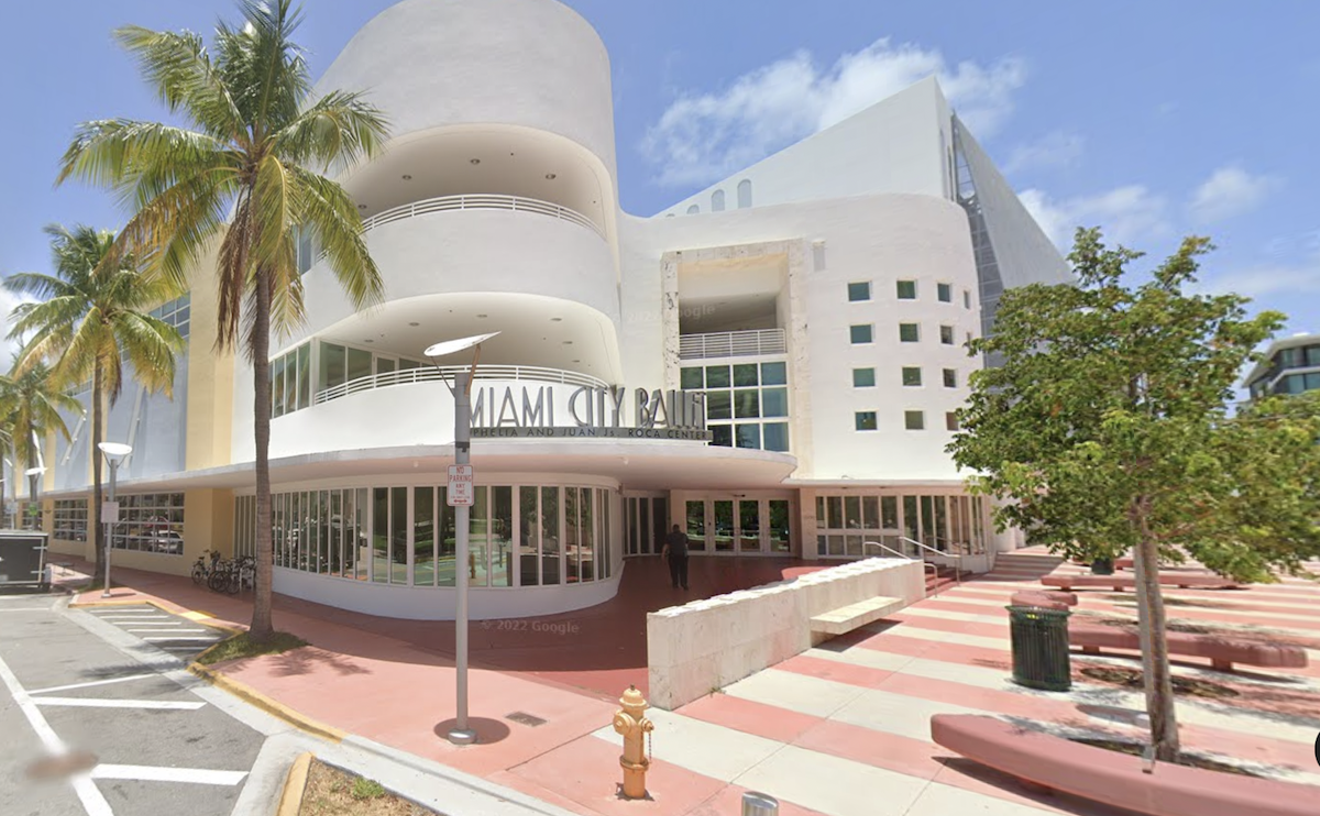Analog systems separate music into different tracks, each of which is essentially a distinct recording. In the studio, for example, the members of a band may be physically separated by soundproof dividers, each musician linked to the console by a different set of microphones. The sound of the drums is recorded on one track, the guitar on another, the vocals on another. Even if the band plays a song in unison, as they would in concert, the tracks are recorded individually, and they can be combined at the console in any number of ways. The engineer can, for instance, make the guitar track louder in relation to the other tracks.
Once the performance is recorded on multiple tracks, it goes back into the console for further refinement or for the addition of more tracks. Pieces of music mixed in during this step are known as overdubs - sounds previously recorded and then selectively added by the producer and engineer. The combined results are sent from the console to a master tape recorder, most of which use one- or two-inch tape to capture the end product. That tape is then sent to a manufacturer who produces the actual cassettes, CDs, and vinyl albums the consumer purchases.
The digital process represents the biggest revolution in recording since the invention of audio tape, and it has swept the industry. With digital, sound is translated into a binary code and stored in a computer system, where it can be manipulated in infinite ways. For example, if Gloria Estefan should sneeze at the wrong time while recording on an analog system, she would have to start over. But with digital, an engineer could call up the sneeze on his computer screen, press a key, and the offending sound would be gone from memory, gone when the results were finally translated back into audible sound and transferred to recording tape.
The combination of digital recording and computers saves endless amounts of time and also allows utter clarity: the sounds are distilled into individual, unique numerical codes. Thus the modern engineer doesn't work with sound, but with a computer representation of sound.
MIDI (Musical Instrument Digital Interface) allows synthesizers to communicate with each other, as well as with other computer systems. The synthesizer is used to create and store sounds (musical and otherwise), after which a program known as a sequencer makes it possible for a computer to store the output. The sounds, called samples, can be altered in any way - they can be made lower or higher in pitch, for example - and the computer can layer many samples on top of one another.
Once everything has been composed and edited in a computer, another process called DAT (Digital Audio Transfer) allows the product to be output to a tape, which is then sent to the manufacturer.
Following are definitions of some of the more common and confusing terms used in recording studios:
Compressor: A device that narrows the dynamic range of a track or tracks, making differences in volume less extreme.
Console: Located in the control room, the console and its myriad knobs and levers is the brains of a music studio, through which all sounds pass before being transferred to tape. In analog, after being taped, music can be sent back to the console for further alteration.
Control Room: The realm of engineers and producers, typically separated from the soundproof studio by a panel of glass.
DAT (Digital Audio Transfer): A process that translates digitally coded sounds into sounds that can be heard.
Expander: The opposite of a compressor; adds dynamic range to a track or tracks.
Master Recorder: The tape machine, usually in a one- or two-inch format, on which the "master" - the final results of a studio session - is recorded.
MIDI (Musical Instrument Digital Interface): Technology that allows synthesizers to communicate with each other and with computers. Eliminates problems with ambient noise, and allows great speed and almost infinite flexibility in re-creating sound.
Monitor: A speaker that connects the soundproof studio to the control room so producers and engineers can hear the music being played.
Noise gate: A link between console and recorder that can be set to filter out background and other unwanted noises.
Sequencer: Software that translates sounds into digital computer language.
Session: The act of recording in a studio.
Tracks: In the analog process, tracks are the separate recordings of the elements of a session. In the digital process, they are the sounds that have already been layered by the computer.










